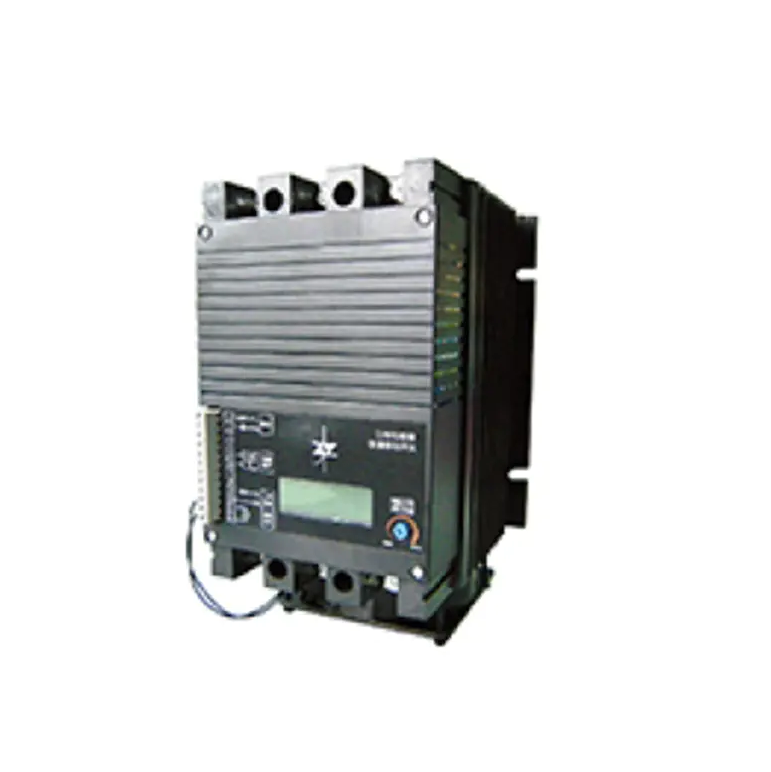In electrical systems, power factor is a crucial indicator of how effectively power is being used. A poor power factor means that more apparent power is required to do the same amount of useful work, resulting in higher energy losses and increased electricity costs. One of the most widely used and cost-effective solutions for power factor correction is the application of a low voltage capacitor. These devices are commonly installed in low-voltage distribution networks, especially in industrial and commercial settings, to compensate for the reactive power drawn by inductive loads such as motors, transformers, and fluorescent lighting.
The key concept behind power factor correction using capacitors lies in balancing the phase angle between voltage and current. Inductive loads typically cause the current to lag behind the voltage, creating a condition known as a lagging power factor. This inefficiency results in wasted power, overloading of equipment, and increased utility charges. A low-voltage capacitor generates reactive power with opposite characteristics—namely, capacitive reactive power—which leads the voltage and helps to offset the lagging current caused by inductive loads.
When a low-voltage capacitor is connected in parallel to the load, it supplies a portion of the reactive power required by the load locally. This reduces the total reactive power drawn from the supply system, which in turn lowers the total apparent power demand. As a result, the power factor moves closer to unity, indicating more efficient utilization of electrical energy. This correction not only improves the energy efficiency of the system but also frees up capacity in the distribution network and reduces the thermal stress on cables and transformers.
The process of selecting the correct low-voltage capacitor for power factor correction involves calculating the reactive power compensation needed to achieve the desired power factor. This calculation depends on the total power consumption, the current power factor, and the target value. Once determined, a properly rated capacitor or a bank of capacitors can be installed either in a fixed or automatic configuration. Fixed capacitors are suitable for constant loads, while automatic capacitor banks are more appropriate for variable loads, as they can switch on or off in steps based on real-time power factor measurements.
Besides improving energy efficiency, using a low voltage capacitor can also lead to significant cost savings. Many utility companies impose penalties for low power factor values, and improving it through compensation helps avoid these charges. Furthermore, enhanced power quality reduces voltage drops and extends the lifespan of electrical equipment, resulting in lower maintenance costs and improved operational reliability.
In conclusion, a low voltage capacitor plays a vital role in power factor correction by supplying capacitive reactive power that neutralizes the effects of inductive loads. This leads to improved system efficiency, reduced electrical losses, and substantial financial benefits. Whether applied in a single motor circuit or integrated into a large-scale electrical network, these capacitors are essential tools for optimizing the performance and economy of power systems.
Feature:
Large LCD Screen Display: Provides real-time visualization of power grid parameters, including power factor, voltage, current, active power, reactive power, and harmonics.
Versatile Switching Methods: Supports both equal capacity and fuzzy logic switching modes, with automatic recognition of the control mode. The controlled physical quantity is reactive power.
Comprehensive Protection Functions: Includes low load, over-voltage, under-voltage, phase loss, and harmonic protection to safeguard equipment and ensure operational reliability.
